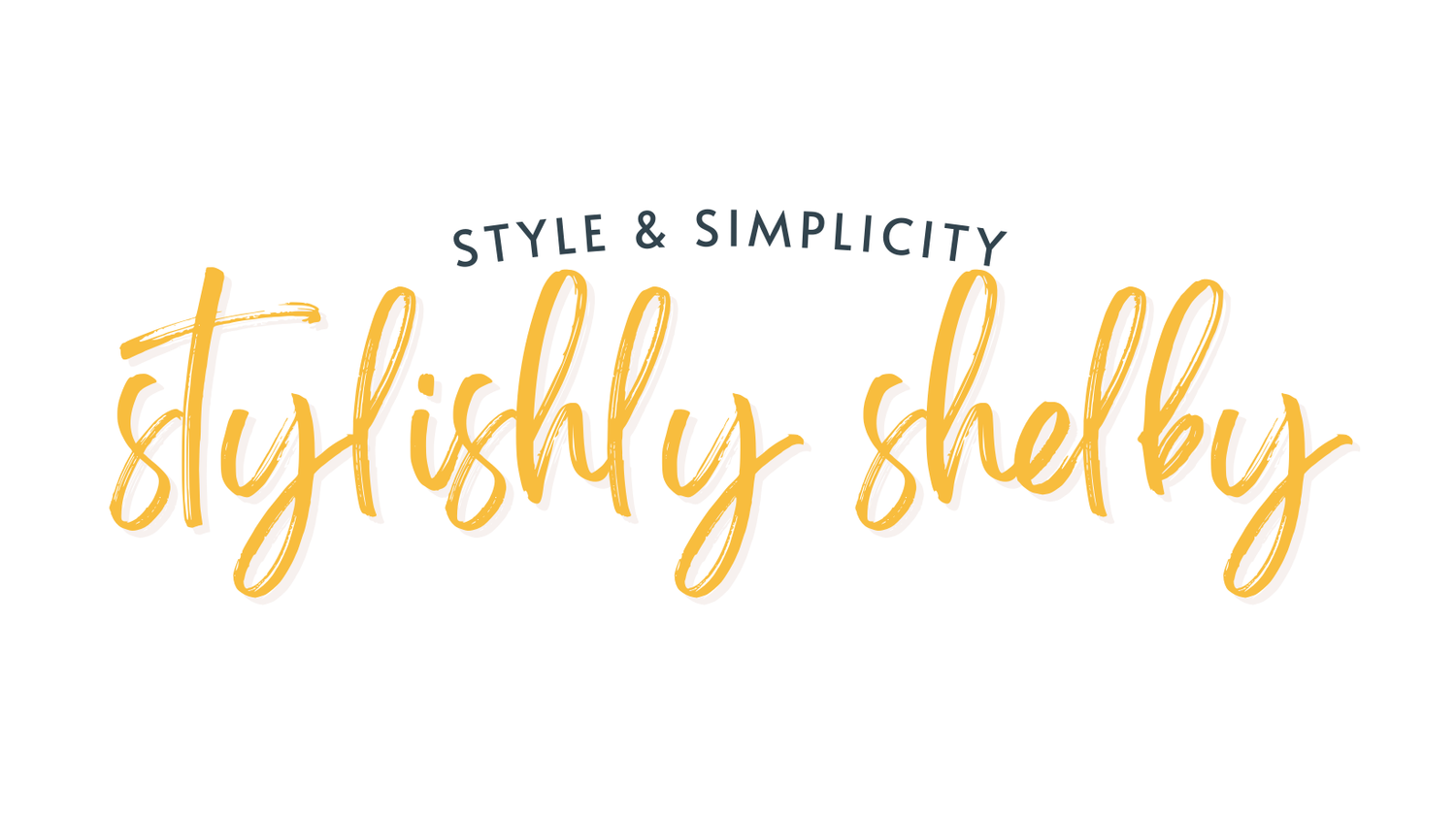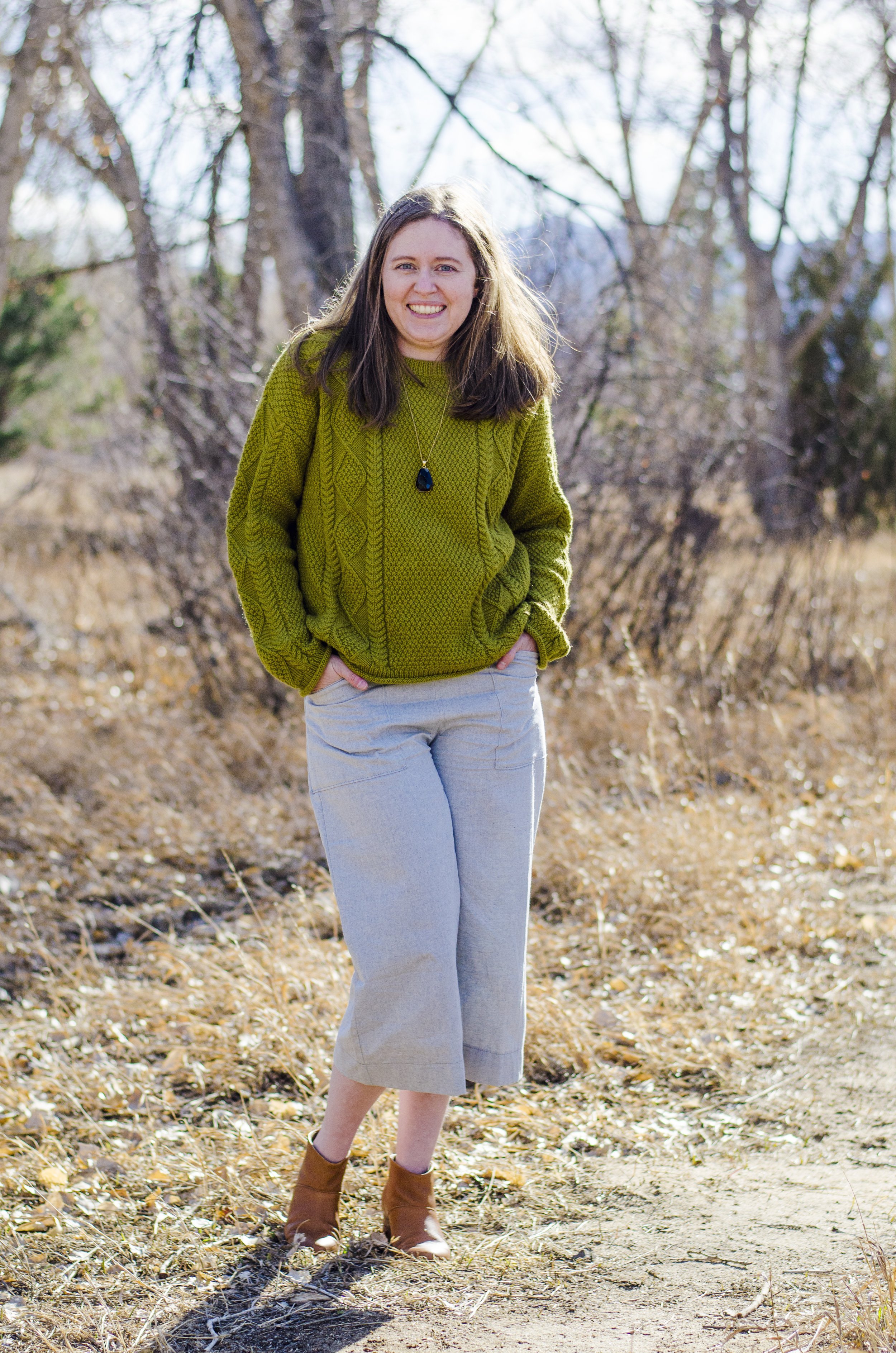My Favorite Fibers to Shop for Secondhand
In the last few years, I have done more secondhand shopping than I have in probably most of my life. From secondhand sites like poshmark to shopping consignment and thrift stores, I am always on the lookout for great pieces to add to my wardrobe.
For me the key to great secondhand styles is less about the name brand and more about the fiber, the textile, and the construction of a garment. I’ve become incredibly persnickety when it comes to the items I choose to add to my wardrobe. While most folks look at brand names or a particular style of a garment to decide whether or not to buy it, I first look at what it is made of. This, in my opinion, is the best test on if I will take the garment home. Here are the fibers I frequently look for while shopping secondhand.
Cotton
While I am incredibly disappointed in how white colonization has destroyed and capitalized on cotton since the 1800’s, I still love this textile. Breathable, it is comfortable for year-round wear in most places and easy to layer up or down depending on the day and the weather. 100% organic cotton is always a good choice, not to mention, if it needs to be altered the scraps are compostable.
Linen
One of my favorite textiles, and one I wear on repeat all summer long. Breathable, lightweight, ancient, and versatile. Linen is often frowned upon because of the wrinkles, but if you can embrace them you will love wearing this fabulous fiber! I’ve found a few pairs of linen shorts, pants, and a dress from our local thrift store. But if you can’t get past the wrinkles look for linen blends, especially with cotton, which is what my husband prefers. It will still keep you cool on hot days with less wrinkles. This ancient fiber is compostable, sustainable, and will last for years to come.
Silk
One of the strongest fibers in the world, silk is both warming and cooling. It is amazing what natural fibers can do! I don’t buy silk often, but if I find it secondhand in good condition or on sale from a reputable ethical and sustainable brand, it is a worthwhile investment piece! Many folks dislike silk because it needs to be hand washed, however, handwashing and laying flat to dry is recommended to extend the life of most natural fiber garments.
Wool
Note: Wool comes from sheep & goats. People either have a love or hate relationship with this fiber. While it can be ‘scratchy’ no one is allergic to wool fibers themselves. Some people tend to have more sensitive skin to the multiple corkscrew fibers that protrude from wool yarn or to the lanolin that coats the wool fibers. It is these corkscrew fibers that make wool especially warm and cozy.
Cashmere/Alpaca
Cashmere is a type of wool that comes from the cashmere goat species. While Alpaca fibers come from, well, alpacas. While Cashmere is a type of wool, it is often differentiated from sheep's wool because of its extremely fine texture and soft hand feel. Cashmere and Alpaca are both incredibly soft and often expensive because of the amount of wool/fiber it takes to make one garment. Alpaca fiber is superior to cashmere due to the fiber’s resiliency, warmth, and softness. Both make fine garments and I am often on the hunt for both when shopping secondhand.
Mohair/Angora
Mohair fibers come from the angora goat. While Angora fibers come from angora rabbits. Both of these fibers are incredibly soft, softer than cashmere but less durable and resilient than alpaca. Angora is more delicate and often needs to spun with other fibers, often wool, to make it durable enough to make a garment. While Mohair is considered more desirable than cashmere, both are suitable for people with an aversion to sheeps wool.
While shopping secondhand is a priority for me, so is supplementing my wardrobe with incredible ethically made and sustainably made new pieces as well. Finding alpaca and other fine textiles secondhand is incredibly difficult and often still expensive. So, I tend to shop sales from my favorite brands, like Liz Alig, Elizabeth Suzann, Wool&, and others to fill in those gaps.




